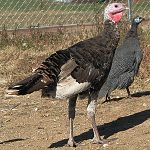
Wild turkeys, indigenous to the Americas, were kept by Native Americans for centuries before the arrival of Europeans. Early Spanish explorers are credited with transporting American turkeys to Europe. There the birds were selectively bred for a couple of centuries before being brought back to America by early settlers. From those birds sprang the domestic […]
Continue Reading

When we refer to eggs, we’re usually thinking of chicken eggs. But other types of poultry lay eggs that are just as tasty. Every egg contains a yolk surrounded by albumen, encased in membranes, and protected by a thick shell. Differences occur in how these parts are put together. Let’s see how the eggs […]
Continue Reading
Use this chart to compare turkeys to determine which breed you want to buy. Turkey Breeds Egg Production Purpose Temperament Mating Ratio Roost Height Country of Origin APA ALCB Black Slate Turkey Poor Egg Laying, Meat and Exhibition Active 7 Females to 1 Male 2+ Feet North America Yes Watch Status Black Spanish Turkey Poor […]
Continue Reading
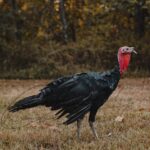
- Black Slate Turkey – Sold as Baby Poults Only – No Sexing Available
Shipped April thru Late July.
Your total order requires ANY 3 birds to ship.
MAXIMUM OF 40
Continue Reading
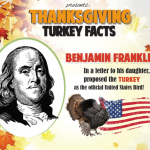
Gobble, gobble! Thanksgiving is tomorrow, which means we’re talking turkey! If you’re one of the many Americans who will be gathering around the table with distant relatives who come around just a few times each year, you know that conversation doesn’t always flow easily. Looking to avoid topics such as politics, your love life, […]
Continue Reading
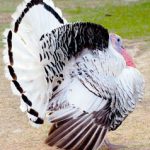
The Royal Palm is a lightweight turkey with stunning white plumage trimmed in black. Turkeys with a similar color pattern have been raised in Europe since the 1700s, known there variously as black-laced white, pied, or Crollwitzer. The first turkeys in the United States with the palm color pattern appeared in the 1920s in […]
Continue Reading
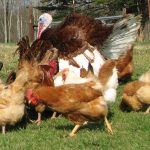
Conventional wisdom says you should never keep turkeys and chickens together, because turkeys are susceptible to blackhead, a disease with devastating consequences. However, lots of backyarders raise chickens and turkeys together without a problem, and with some benefits. Here are three good reasons to keep turkeys with chickens, and two reasons not to. Thumbs Up […]
Continue Reading
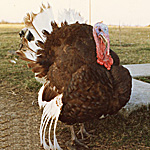
In comparison to other poultry species, little is known about how turkeys were originally domesticated. What is known is that wild turkeys are indigenous to the Americas and were kept by Native Americans centuries before the arrival of Europeans. Various tribes ate turkey eggs, as well as enjoying turkey meat, both cooked fresh and dried […]
Continue Reading
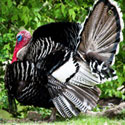
A picture-perfect Pilgrim-era turkey, the Narragansett was developed by early settlers as a cross between Norfolk Black turkeys brought from Europe and local wild turkeys. Having its origins in Rhode Island, the turkey was named after the state’s Narragansett Bay. It was once a common feature in farmyards, but eventually lost favor to more cost-effective […]
Continue Reading









